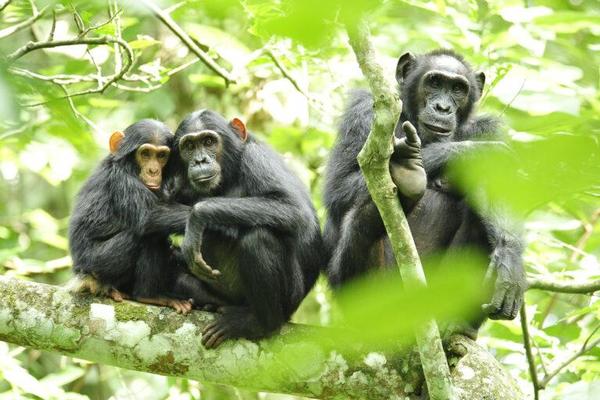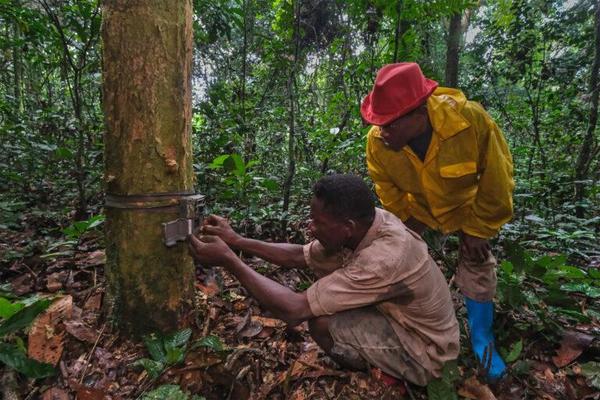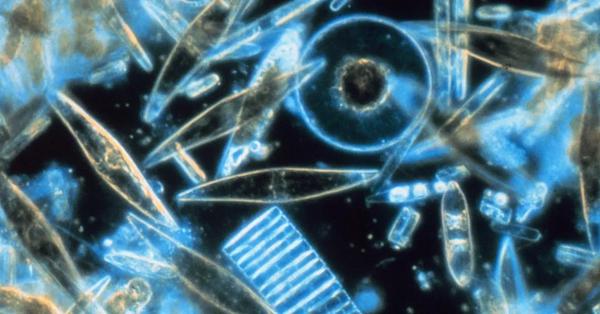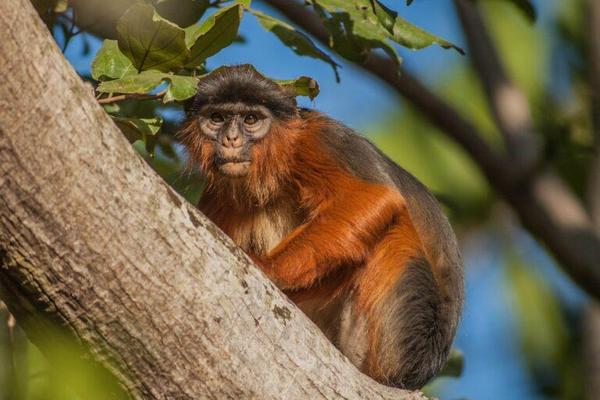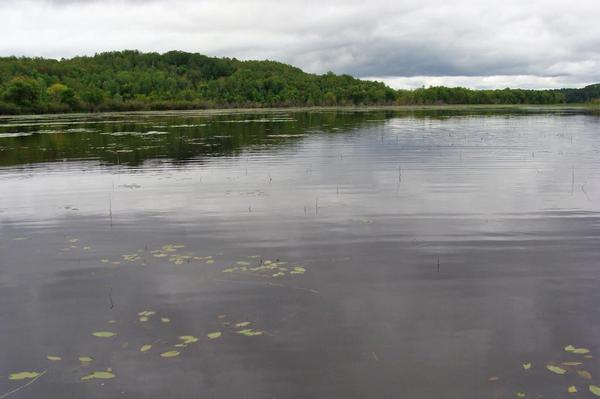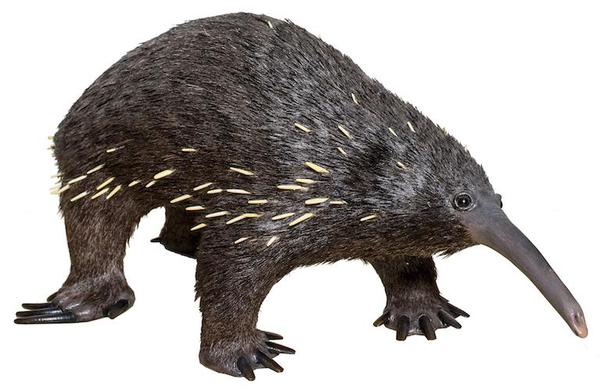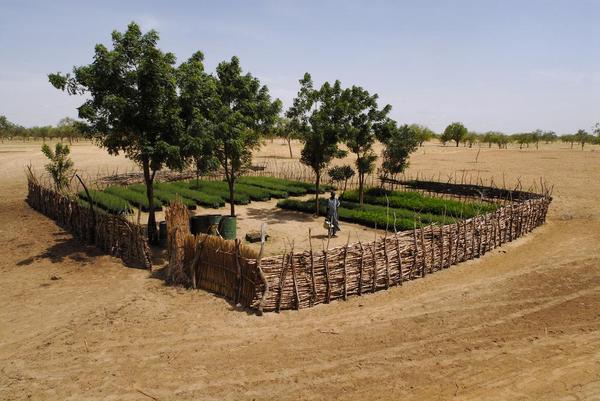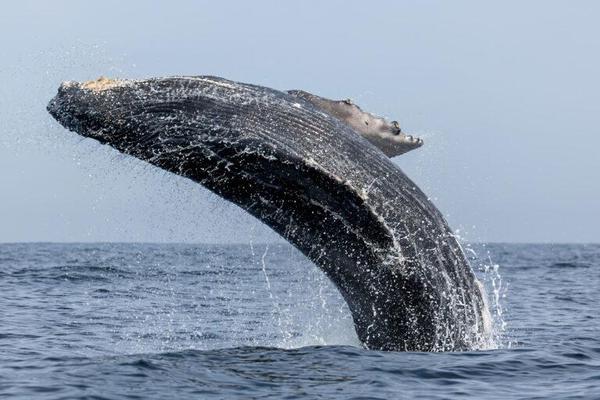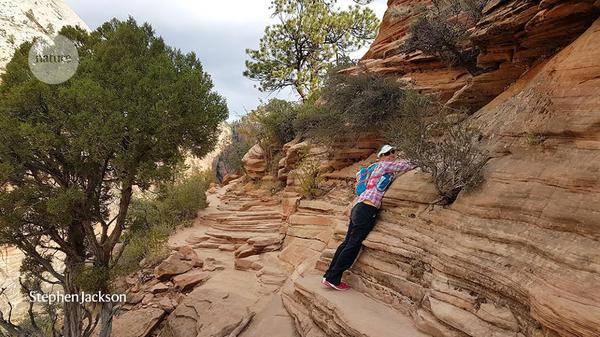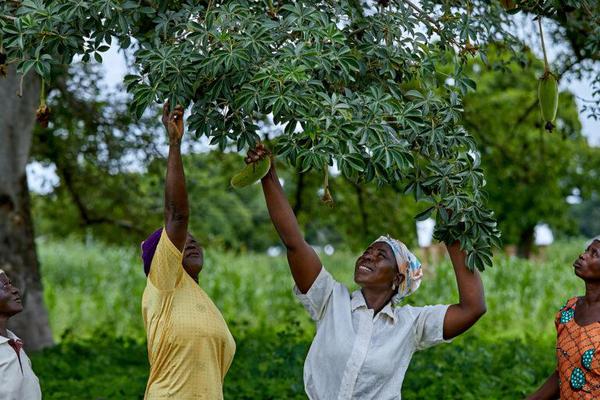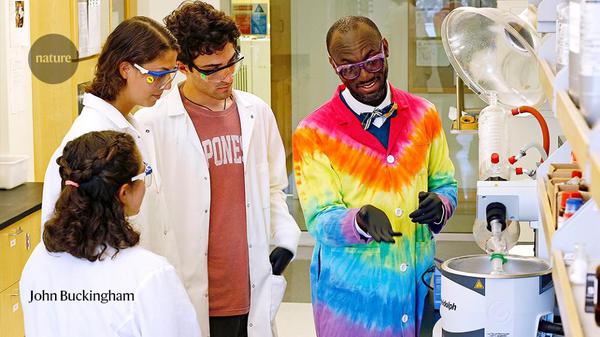

I love words. I admire science. I put them together to be a science writer. I evolved into a journalist. Now, I write about science, the environment and everything in between for readers big and small.
I also fact-check, edit and teach the craft of science writing.

I'm an award-winning science and environment journalist based in St. John's, Canada. My words have been published in many national and international media outlets.
My ethos lie in treating people and their lived experiences with respect, bringing diverse perspectives in my stories, strengthening relationships with my sources and building communities.
Liked my stories? Have a story tip? Want to tell me about a cool project you are working on (Scientists, looking at you!)? Interested to work with me? Want me to speak at an event? Let's talk!


